PARLIAMENT HILL—Canada is just too popular. That simple fact sums up Immigration Minister Jason Kenney’s explanation about the 1,000,000 people in queue to immigrate here, many waiting several years for the chance at a new life.
“At the end of the day, it is a very simple mathematical problem,” Kenney told a parliamentary committee Thursday.
Canada can only accept so many people a year, and more than that apply to come.
“When that happens year after year after year, the backlog grows,” he said.
Speaking before the Standing Committee on Citizenship and Immigration, Kenney compared the backlog of people waiting to come to Canada to passengers of an oversold air flight that leaves many stranded at the airport.
The problem comes back to a policy change made under the previous Liberal government, said Kenney, which removed caps on the number of people who could apply and also obligated Canada to process all applicants to completion, regardless of how many people would be admitted.
Kenny said that “irresponsible policy decision” threw the whole system out of alignment, with the long list of applicants dwarfing immigration processing resources.
With some two billion people in Mexico, India, and China wanting to come to Canada, according to an Ipsos Reid poll, Kenney said there is no end to the numbers of people who would like to come.
“This is a reflection of the good problem that we have,” he said.
Although the Conservatives have raised immigration levels by 14 percent—from 222,500 under the Liberals to an average of 254,000 under the Conservatives—they would have to raise that to over 400,000 just to keep up with current applications.
“The easier thing for me to do politically is to just ignore the problem and allow it to continue to fester. That would be irresponsible for those families that want to bring their families here,” he told reporters afterwards.
“Canada is the most generous country in the world with respect to immigration … but there have to be practical limits to our generosity. What I would say to those critics is, ‘You tell me what the solution is.’”
Some classes of immigration pose a particular problem for MPs and those sitting on the immigration committee who frequently share stories of constant requests from constituents for help to bring family members to Canada.
But even doubling the numbers of parents and grandparents allowed in, and halving the number that can apply, won’t go far toward resolving the backlog of those types of immigrants, said Kenney.
While raising immigration levels could be a part of the solution, Kenney said it does not seem popular with Canadians, citing polls finding that 80 percent of Canadians would like to see immigration rates maintained or lowered, but not raised.
The current rate is pegged at about 0.8 percent of the population, with some 280,000 new Canadians welcomed last year.
NDP immigration critic Don Davies disagrees. Although he does not rule out caps in some immigration categories, he said overall levels need to be raised to 1 percent, or some 340,000, to slow the growth of the backlog and ensure Canada has the workers it needs to replace its aging workforce.
Davies said the minister is far too willing to cap immigration and not open to raising levels.
The success of new immigrants depends largely on availability of settlement services, a fact that sparked a row between the government and opposition parties in the previous parliament.
The Conservatives had tripled the settlement service budget from $200 million to $600 million, but only saw a 31 percent increase in the number of people using those services.
Trimming that budget by $53 million brought outrage from the opposition parties in February, but no criticism about the efficiency of those services.
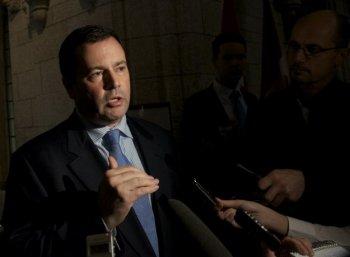

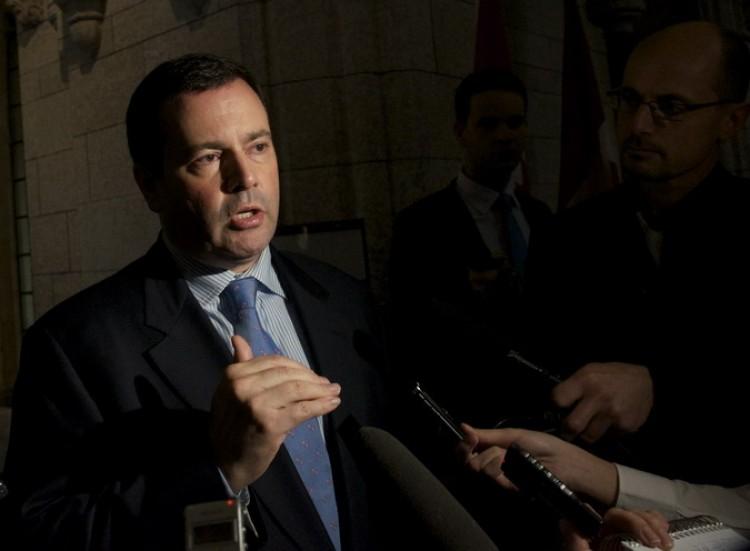
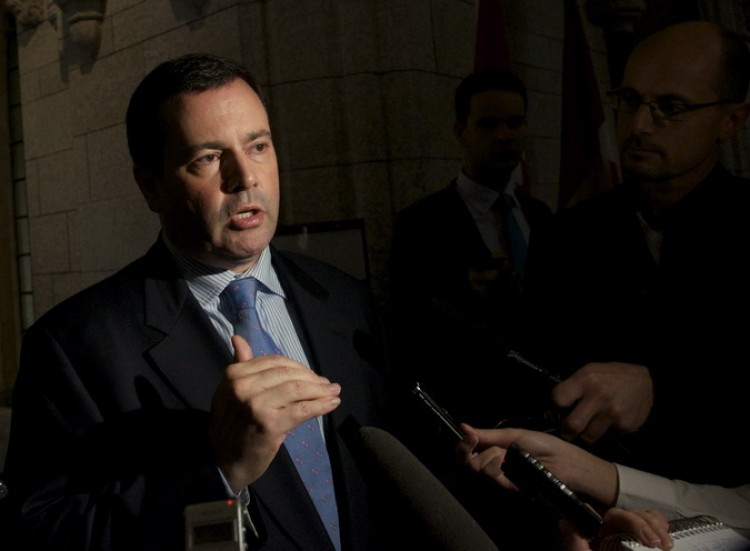
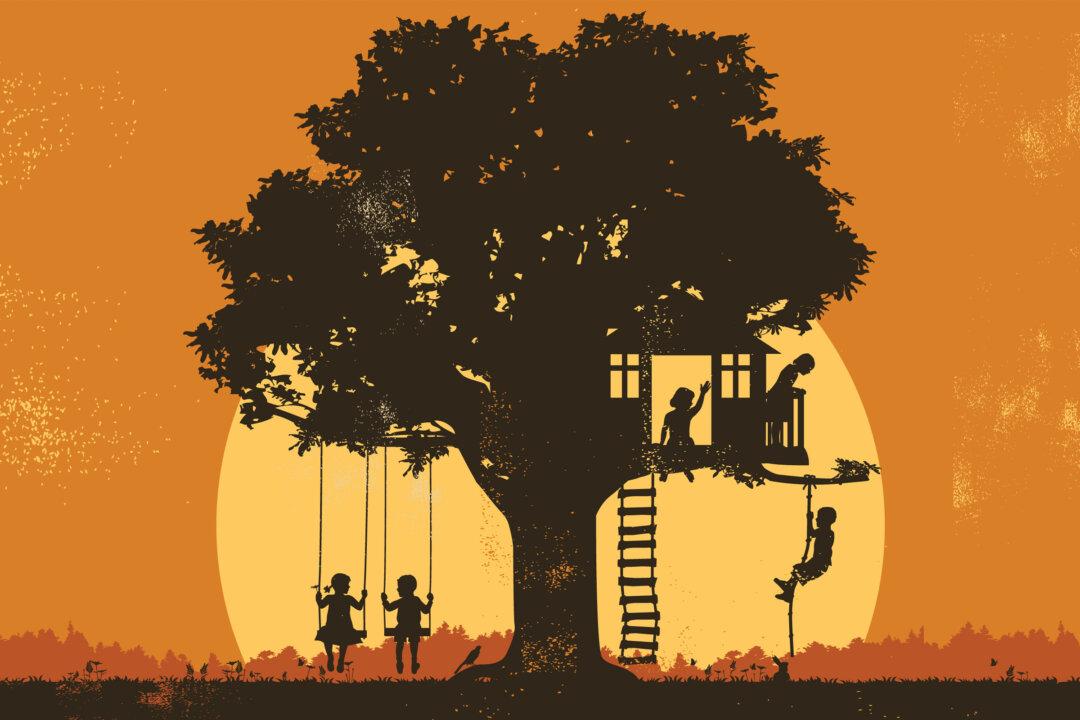
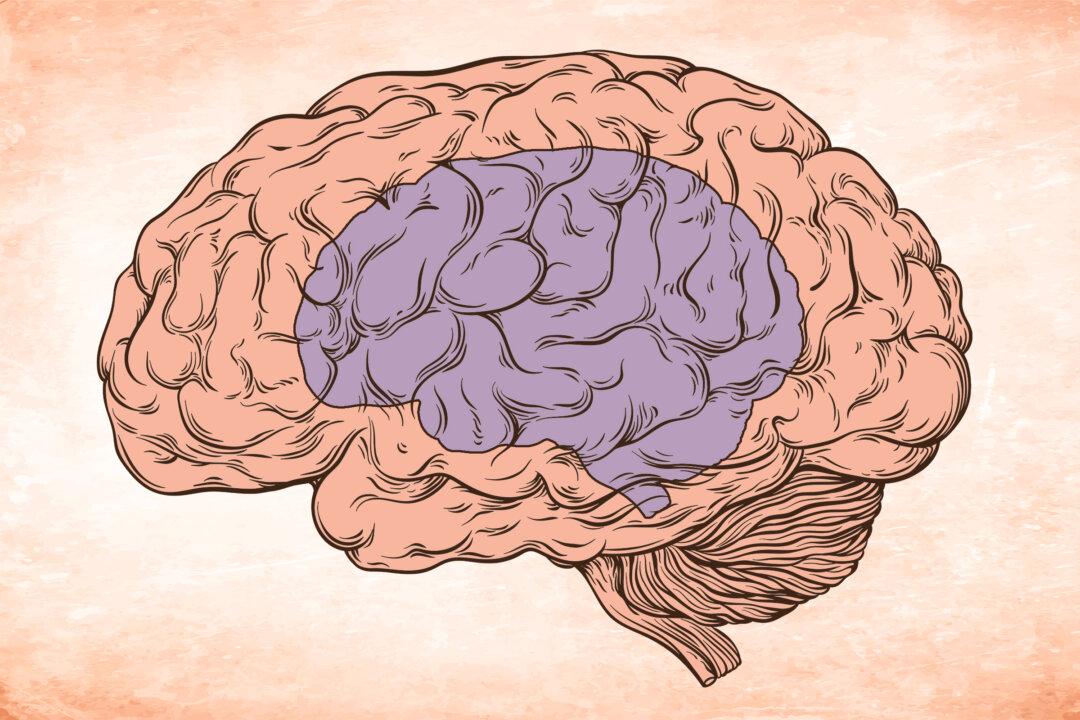


Friends Read Free